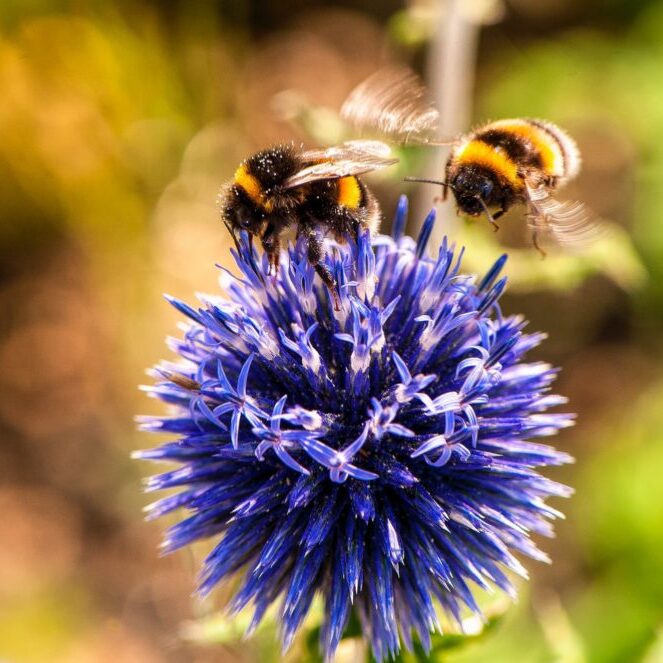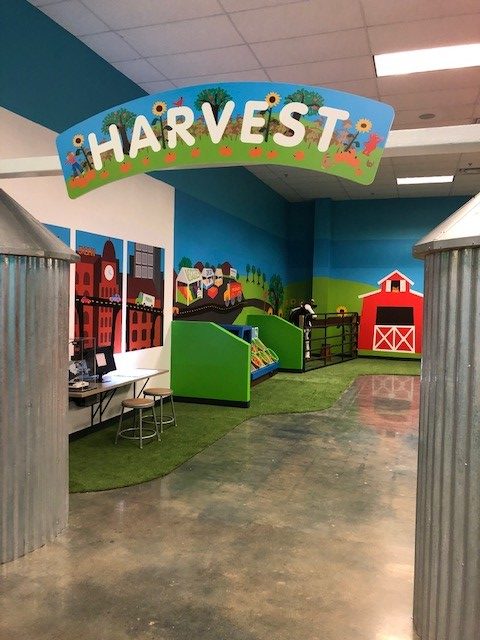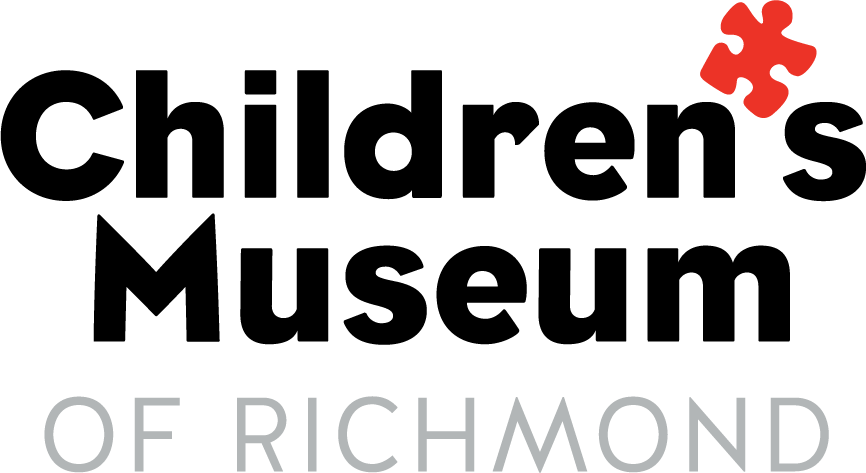A Pollinator’s Purpose
Learn about pollination and the Bumblebee Jamboree!
Published on June 18, 2021

by Mrs. Farnham (teacher, mom, CMoR member)
Click here to read the blog in Spanish!
My toddler has been noticing a lot of bees in our yard lately. He loves to watch as they fly from flower to flower. This is the perfect time of year to explain the importance of pollinators like bees. This read aloud, Bea’s Bees, is a great book about protecting our pollinators.
Bumblebee Jamboree
The Bumblebee Jamboree is an annual event put on by Volunteer Master Gardeners from the Chesterfield County Cooperative Extension to educate the Richmond community about pollinators. This year the Bumblebee Jamboree will be held June 21-27 in the format of a self-guided tour through the Maymont Children’s Farm. As you stroll through the paths, you will find signs about the plants that you see and their pollinators. Be sure to click on the above link for updates and pictures!
Be a Pollinator
The concept of pollination is difficult for kids to understand since it happens mostly undetected by the human eye. My toddler keeps telling me that the bees eat pollen – a misconception many of my elementary students also had. Bees and other pollinators (like butterflies, birds, and other insects) drink the nectar found in plants. Because the nectar is often found within a flower, pollen sticks to the pollinators and is carried from plant to plant. The pollinators are unwitting participants in the process, but serve an important purpose.To help explain this to children, you can complete this simple activity that allows them to act as pollinators.
Materials:
Cheetos or cheese puffs
candy
paper towels
pipe cleaners shaped into a ring
Instructions:
- Lay 2 paper towels over each other and add lines to the corners. This will be one flower. Repeat to make another flower.
- Push paper towels into the pipe cleaner ring to form the flower and fill the center with candy.
- Add cheese puffs on top of the candy.
- Explain to the child that they need to get the candy (nectar) by reaching into the flower. Allow them to eat the candy, but do not let them clean their hands after. You want them to have cheese powder on their fingers to represent the pollen.
- Have the child place their hand on the next flower and rub the cheese powder on it. This represents the pollinator spreading the pollen.
- Allow the child to get candy from this flower and repeat the process.
This simple activity showed my children how the pollinators effectively move pollen while getting nectar for themselves. You can also explain that this pollen helps the plants create seeds. This concept will be taught in nearly every grade of elementary school and now your child will have a more developed understanding while getting to munch on sweets!
The Harvest Exhibit in Chesterfield

Have you been to the Harvest Exhibit at the Chesterfield CMoR location? The exhibit is sponsored by Virginia Soybean Association and gives kids a chance to play with “soy beans” and mechanical equipment at the same time. My children loved elements from this exhibit that were at the Short Pump location and are so excited to be able to explore this new enhanced exhibit. We will talk about how soy beans come from flowers with pollen the next time we play here and deepen their connection and understanding of pollinators.
Be sure to share this post and your cute little pollinators with us on Facebook or Instagram! Happy pollinating!
